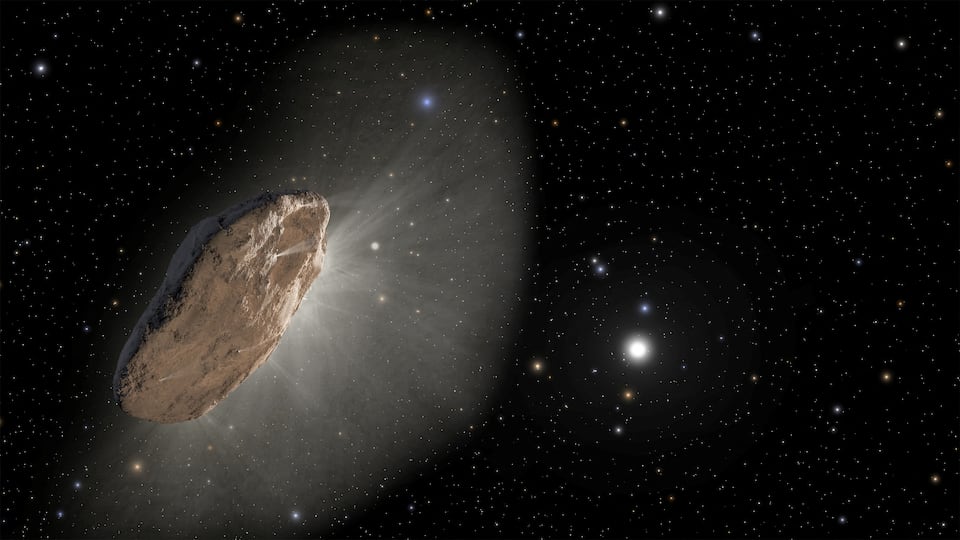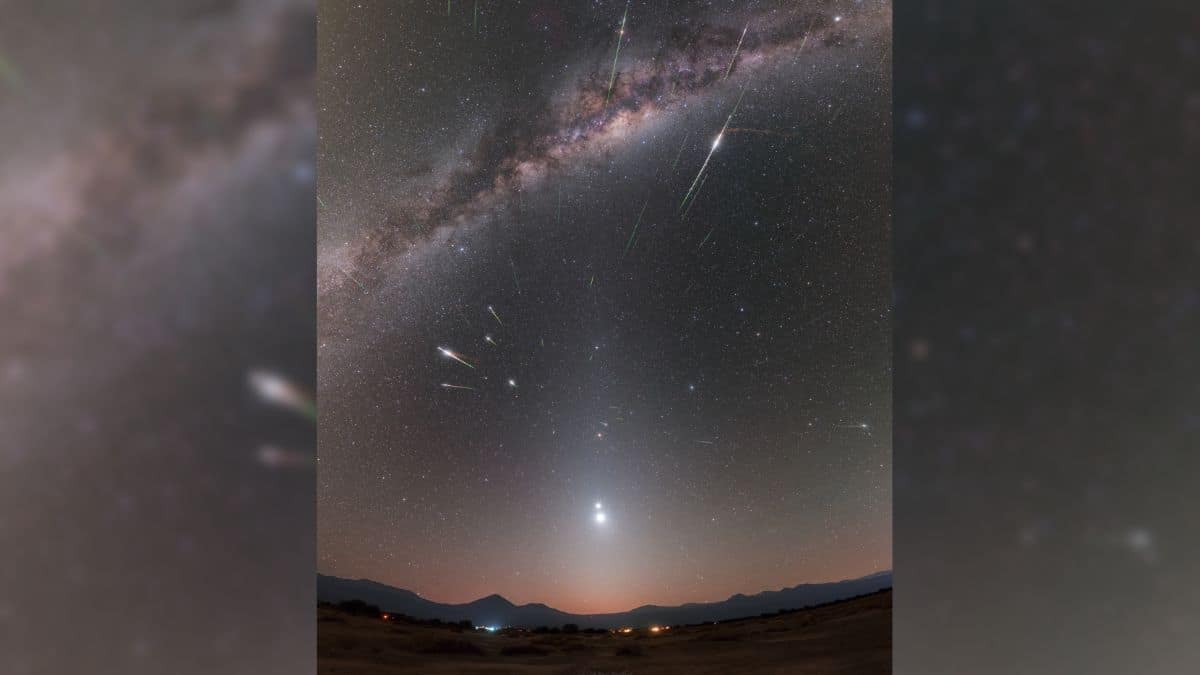NASA Astronomy Picture of the Day 12 May 2023: Comet Halley's dust reveals BREATHTAKING view
NASA Astronomy Picture of the Day 12th May shows a magnificent view of Halley’s Dust in the night sky.






 View all Images
View all ImagesDuring the early days of May, the night skies were adorned with mesmerizing trails of cosmic dust. Grain travelled through space while leaving streaks across the skies of Earth, NASA shared. What was this mesmerizing effect? Basically, the remnants of periodic Comet Halley's debris streams left a surreal view for all the stargazers. It is referred to as the Eta Aquarids when the annual meteor shower shows its celestial spectacle. Sadly, the peak of this year's Eta Aquarids was somewhat hindered by May's Full Moon.
Nevertheless, the pre-dawn hours surrounding last year's display of Halley's dust showered us with a clear view, free from the interference of moonlight. This is when Petr Horalek of the Institute of Physics in Opava managed to capture a breathtaking view of almost 90 Eta Aquarid meteors streaking across the sky from the radiant point in Aquarius. NASA shared it as the Astronomy Picture of the Day which captures the view during the period of April 28 to May 8 in 2022.
NASA's explanation for the image
The scene in the image unfolds above San Pedro de Atacama, Chile, where the majestic Milky Way gracefully arches through the predawn skies of the southern hemisphere. Illuminating the horizon is a subtle band of light known as Zodiacal light, which arises from the scattering of sunlight by dust particles near the ecliptic plane of our Solar System.
Within this ethereal glow, you can spot the prominent planets Venus, Jupiter, Mars, and Saturn, as they travel along the ecliptic. Interestingly, recent findings indicate that Mars itself is likely to be a significant contributor to the dust responsible for the creation of Zodiacal light.
About Halley Comet: How do Eta Aquarids occur
Regarded as the most renowned comet, Halley revealing to astronomers the concept of comets as recurring celestial visitors in our night skies. NASA says that whenever Halley returns to the inner solar system, its nucleus emits a magnificent display, releasing a mixture of ice and rock dust into the vastness of space. As a result of this, two relatively subdued meteor showers occur annually: the Eta Aquarids in May and the Orionids in October.
Catch all the Latest Tech News, Mobile News, Laptop News, Gaming news, Wearables News , How To News, also keep up with us on Whatsapp channel,Twitter, Facebook, Google News, and Instagram. For our latest videos, subscribe to our YouTube channel.




























